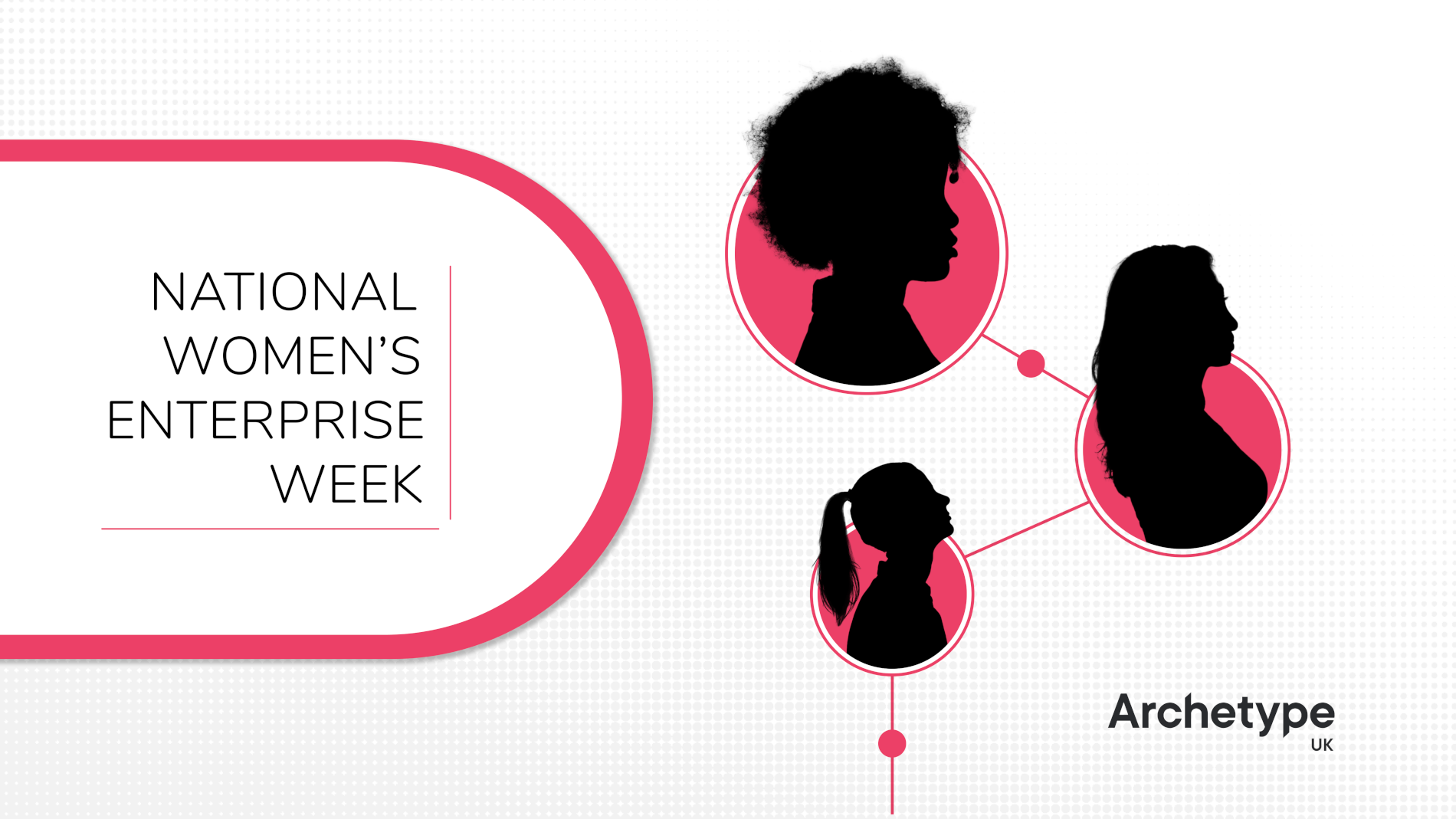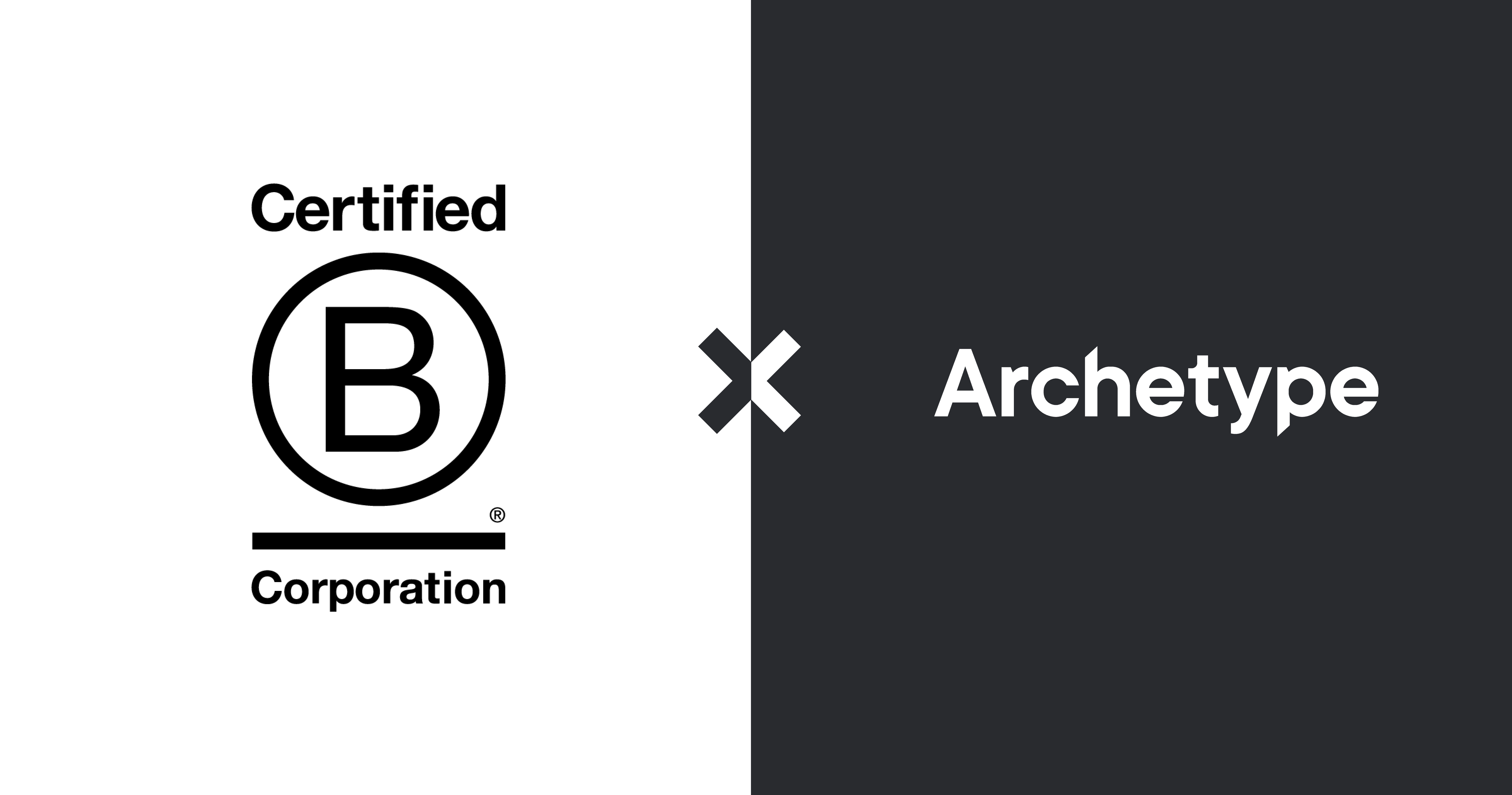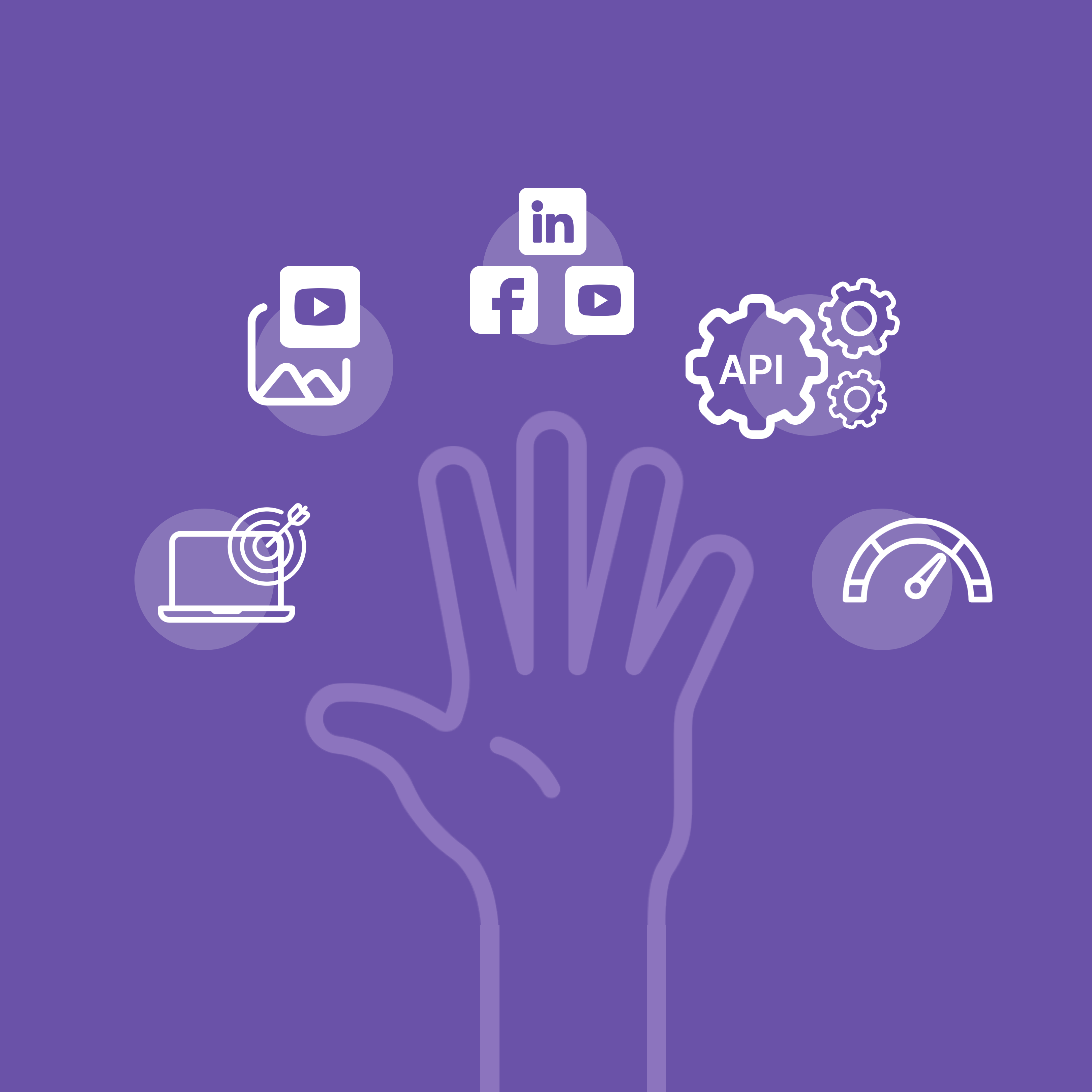
Zero-party data: Your biggest overlooked opportunity
Change is afoot in 2022.
Companies big and small have relied upon paid advertising campaigns, be they on social networks or search engines, for years to reach potential customers.
But consumers are wising up, and thinking twice about where their data is shared and how. So too are big tech companies. Apple’s user-focused privacy settings introduced in iOS have up-ended targeted advertising on Facebook. Google’s Google Analytics 4 website tracking is moving to cookieless tracking, too.
As a result, paid ad campaigns on social are more expensive than ever before: Facebook’s average CPM is up 61% on last year. And the knock-on is that brands are looking to other sources for data and potential customers to target – data they can control.
The problem is that our definitions of data sources are too limited, and limiting our potential. We talk about first-party data (data you gather directly about things like, say, website visitors), and second/third-party data that you acquire from other sources.
Now, second/third-party data can give you vital information about audiences at scale, but it won’t give you warm leads – it’s ultimately data about people who have not said they want anything to do with your company.
And your first-party data will always matter – working out what people do when they visit your site, use your app or watch your videos to unlock value is essential.
But the problem with this set of categories is it completely ignores the most valuable data set any company will ever have abouts its (potential) customers: the information they willingly give to you.
Think of any survey you’ve filled out, any personalised quiz, any sign-up form. This is your zero-party data. It’s accurate. It has the user’s blessing.
In this new climate, some companies are beginning to wake up to its potential; email marketing, for instance, may seem old-fashioned, but it’s never stopped being effective. And you can be far, far more targeted than sending out a general newsletter. You needn’t stop there either: you can offer individual shopping experiences or personal access, or use that information to personalise your service.
For too long, the lure of paid promotion has made us forget something obvious: users will give you the data, if you give them a reason to.
That might be a report, an offer, a Substack-style email they look forward to each week. If you need a hand coming up with that reason – drop us a line.
Photo by Luis Cortés on Unsplash



